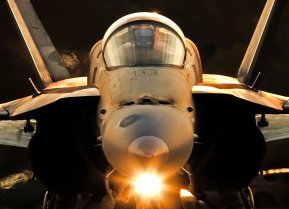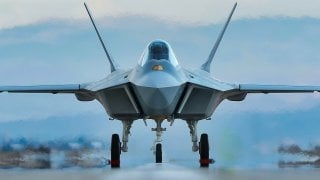Turkey's TF-X Stealth Fighter: Total Game Changer or Waste of Time?
Turkish Aerospace Industries (TAI) is currently working to develop the TF Kaan, a twin-engine, all-weather air superiority fighter with stealth capabilities. The jet is also known in the western press as the TF-X.
In many respects, Turkey straddles a middle ground. Turkey is considered part of Europe – but also part of the Middle East. Turkey is a NATO member – but also cordial with Russia. Modern, but also antiquated.
Occupying the geographic and political middle ground, Turkey has developed a variety of tensions. Most notably, Turkey has friction with its immediate neighbors – Greece and Syria. Accordingly, Turkey is looking to update and enhance its military technology.
And while oftentimes, in the past, Turkey has looked to others, either the Americans or the Russians, to provide military assistance in the form of surface-to-air missiles or fighter jets, Turkey is now demonstrating some initiative and domestically developing their own stealth fighter.
The question is: can the relatively inexperienced Turkish aerospace developers successfully create a stealth fighter?
The TAI TF Kaan or TF-X Stealth Fighter: Can Turkey Do It?
Turkish Aerospace Industries (TAI) is currently working to develop the TF Kaan, a twin-engine, all-weather air superiority fighter with stealth capabilities. The jet is also known in the western press as the TF-X.
Assisting TAI is sub-contractor BAE Systems – the largest defense contractor in Europe. Turkey hopes that the TAI Kaan can replace the Turkish Air Force’s F-16 fleet, which was imported from the US. Turkey also hopes to export the TAI Kaan to foreign buyers.
But before any of that can happen, the TAI Kaan or TF-X will need to fly; the jet’s maiden flight had been scheduled for last December, but was postponed, and has not since been rescheduled.
The TAI Kaan has been successfully ground and taxi tested, although that’s a long way from having a combat-ready stealth aircraft ready for fleet deployment or export.
The decision to develop an advanced aircraft domestically was made in late 2010, when Turkey’s Defence Industry Executive Committee (SSIK) decided it was time to replace the F-16 and complement the F-35 Joint Strike Fighter (also imported from the Americans) with something domestically made.
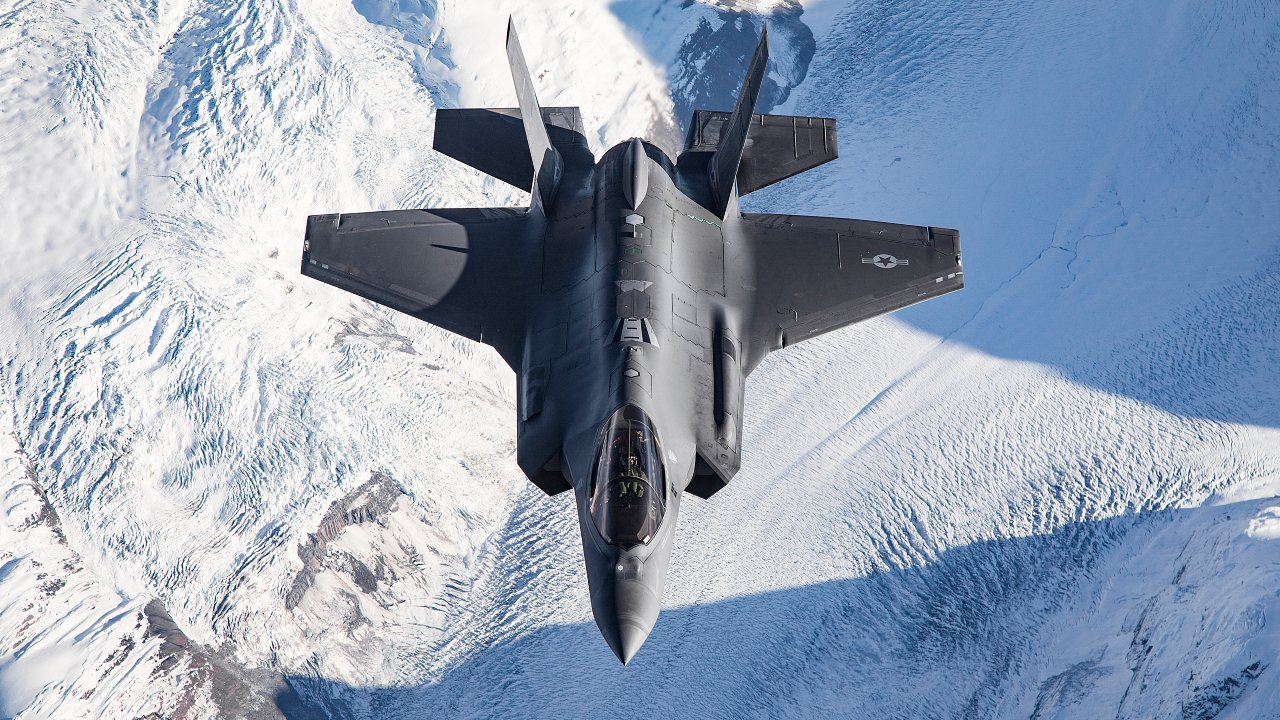
In 2011, Turkey’s Undersecretariat for Defence Industries (SSM), which is now known as the Defence Industry Agency, entered an agreement with TAI to conduct an assessment of the new jet.
TAI and TUSAS Engine Industries (TEI), a Turkey-based aircraft engine developer, would develop a set of potential concepts for Turkey’s new fighter. $20 million worth of funding was allocated to the initial design phase, and the TAI-led team set about to determine what sort of mechanical and electrical systems would be needed to field an F-16 replacement.
At the conclusion of the initial design phase, TAI released three potential concepts. The first was the FX-1, a twin-engine concept bearing similarities to the F-22 Raptor; the second was the FX-5, a single-engine concept bearing similarities to the F-16; and the FX-6, a single-engine, delta-shaped fighter (with canards) bearing similarities to the JAS 39 Gripen.
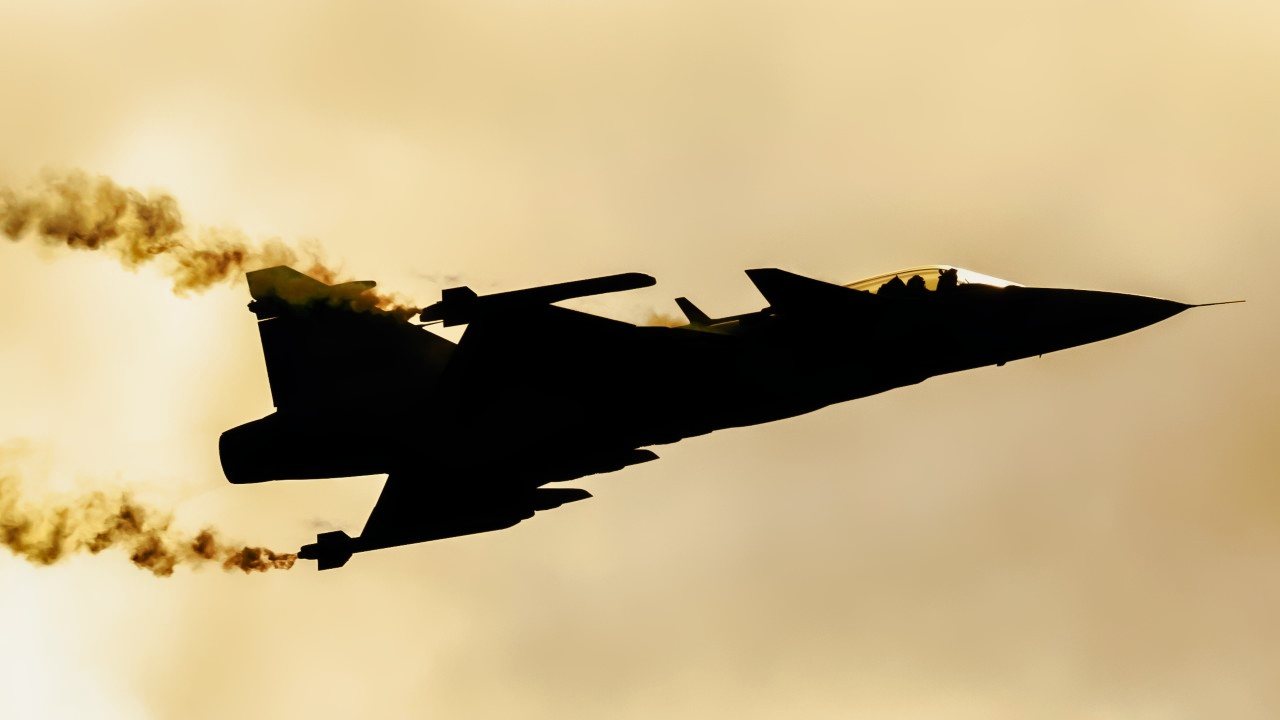
On January 8th, 2015, Turkish Prime Minister Ahmet Davutoglu announced that the FX-1, twin-engine configuration had been selected.
Soliciting Bids for TF-X
In March 2015, Turkey’s SSM issued a request to Turkish companies with the capability “to perform a genuine design, development and production activities of the first Turkish fighter aircraft to meet Turkish Armed Forces’ next generation fighter requirements.” The request signaled the official beginning of the program.
One year later, SSM entered into a contract with TAI; SSM gave TAI $1.18 billion to develop the tech and infrastructure needed to make the program possible.
To assist with the development of the new jet, TAI entered into an arrangement with BAE Systems, worth about $127 million, in which BAE would provide the engineering assistance needed to build Turkey’s new aircraft.
Production Begins
Production would not begin until November 2021. “We have realized the production of the first part of our National Combat Aircraft, “announced Temel Kotil, TAI’s CEO. “Every step we take for the survival project of our country is very meaningful and valuable for us. I would like to thank all my friends with whom we walked on the same path by working with enthusiasm and effort.” Kotil said that he hopes to deliver twenty of the new aircraft to the Turkish Air Force by 2029.
Here’s what TAI said the new jet will include: improved aerodynamics and propulsion; supercruise; optimized combat radius; advanced and internal multi-spectral sensors (EW and RF/IR); low observability; sensor fusion and autonomy; improved data-link capabilities for network-enabled warfare; high precision stand-off weapons. Essentially, TAI is promising a fifth-generation fighter – an ambitious proposal.
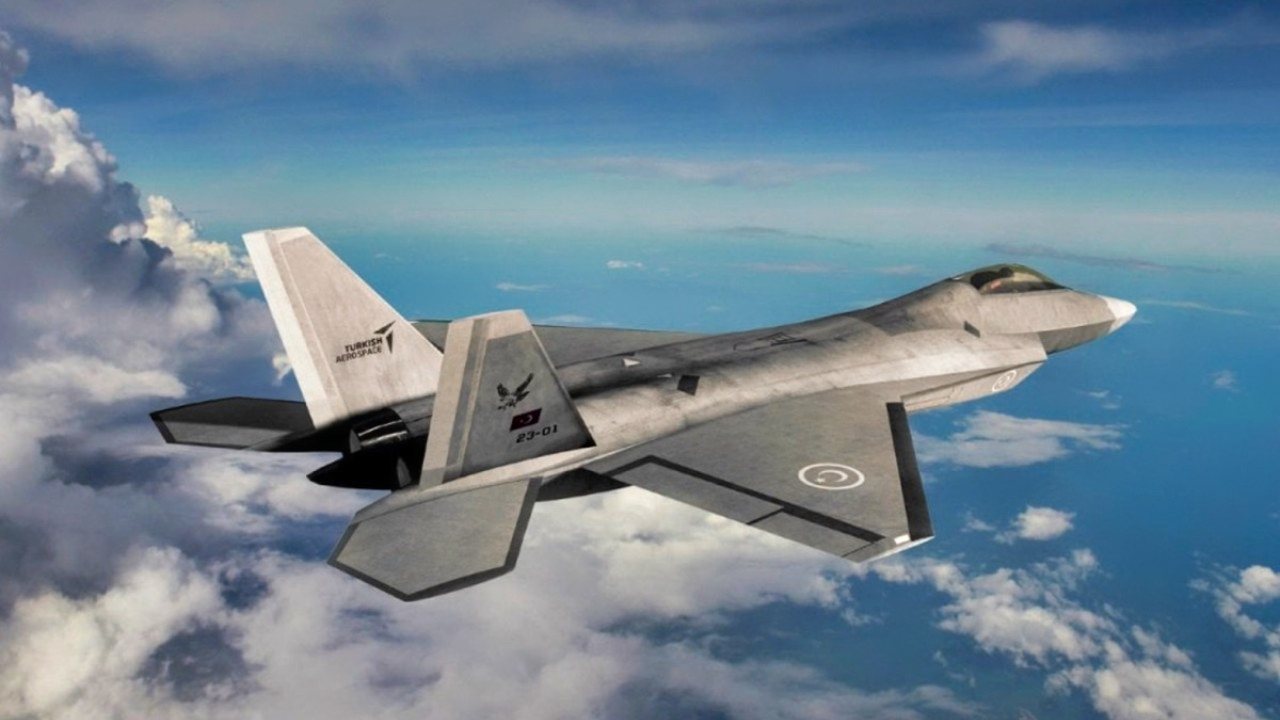
TF-X for Turkey Won't Be Easy
To date, only three nations have developed a fifth-generation fighter: Russia, China, and the US. Only China and the US have been able to produce a fifth-generation fighter in any meaningful quantity (and China’s fifth-generation fighter is understood to have been copied, in large part (via industrial espionage), from the American’s F-35 design.
Can Turkey be just the fourth nation to develop a fifth-generation fighter? Time will tell.
About the Author: Harrison Kass
Harrison Kass is a defense and national security writer with over 1,000 total pieces on issues involving global affairs. An attorney, pilot, guitarist, and minor pro hockey player, Harrison joined the US Air Force as a Pilot Trainee but was medically discharged. Harrison holds a BA from Lake Forest College, a JD from the University of Oregon, and an MA from New York University. Harrison listens to Dokken. Email the author: [email protected].
